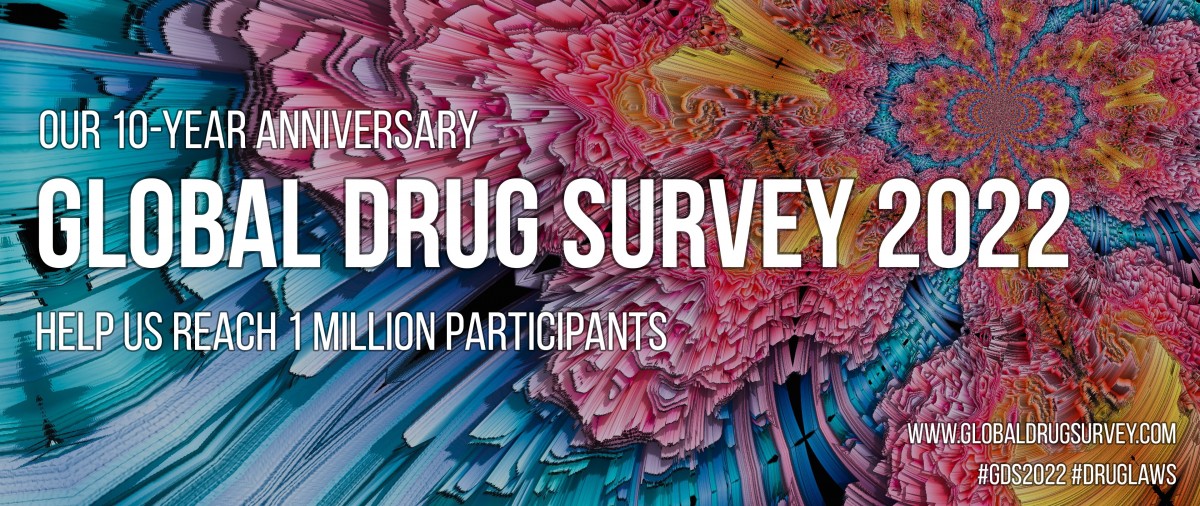Just like Juscelino Kubitschek, former president of Brazil (1956-1961) and creator of the “50 Years in 5” plan which, as the name makes clear, planned to generate decades of economic growth during his short term in office, our politicians seem to want to follow the same logic with public security: accelerate the annihilation of the Black people who haven’t died in the past 217 years before the 2026 elections.
Since 1808, countless attempts have been made to achieve this milestone: through slavery, waging wars with Blacks as victims or soldiers (such as the Ragamuffin Revolution, War of Canudos, among others) who were sent to battle either completely disoriented or under false promises of money, work or land; through the criminalisation and demonisation of religions of African origin and Black culture (like capoeira or pito do pango) through the Vagrancy Law, established in the Penal Code of 1890 which imprisoned those engaging in a public display of “exercises of bodily skill and dexterity known as capoeiragem”; and through eugenics policies, to mention a few.
One of those most committed to achieving this goal in modern times is Claudio Castro, current Governor of Rio de Janeiro and member of the conservative Liberal Party. Castro and others have, slowly but surely, developed and deployed a political narrative of fear and public insecurity, amplifying public security concerns to justify violent police interventions in the city’s favelas.
Between June 2020 and January 2025, the favelas and outskirts of the state faced around three police operations a day. This calculation is an average based on data that relates that, in the same period, the Civil and Military Police recorded 4,600 police raids. The figures come from the Rio de Janeiro State Public Prosecutor’s Office (MPRJ).
A 2024 study by the NGO Brazilian Public Security Forum (FBSP) showed that in the last decade, Rio de Janeiro remained for six years the state with the highest number of deaths due to police interventions, and for four years it occupied second place in the national ranking, only below Bahia. Another frightening statistic is the victims’ profile: more than 99% were male, around 55% were aged between 12 and 24 and the number of Black people killed was 6.4% higher than the number of white people in 2023.
Even so, between 2019 and 2023 there was a drop in the number of deaths from police actions in Rio de Janeiro (from 1,814 to 871, respectively). At first glance, the data presented in 2024 by the FBSP seems positive, as it demonstrates a decreasing trend of polie violence. Nonetheless, FBSP still underscored that the state needs to reduce police lethality by 66% in order to “reach levels that are acceptable in a democracy”.
In 2019, the ADPF 635 (where an ADPF is a Brazilian constitutional instrument to exercise the law), known as the “ADPF of the Favelas”, was created by the Socialist Party to reduce the lethality of Rio’s police during operations in the favelas. Among ADPF 635’s outlined measures, it called for:
- The mandatory use of body cameras in police uniforms and vehicles;
- The psychological assessment of all police officers involved in killings;
- A protocol for operations near schools and health units;
- The participation of victims’ relatives in criminal investigations;
- The implementation of obligations to control police activity;
- The disclosure of data on deaths by police intervention in the state and the creation of a commission to monitor the measures ordered by the Supreme Court (STF).
This policy was presented to and accepted by the Brazilian Supreme Court for implementation; progress on implementing its measures, however, has been frustratingly slow. Police actions remained just as deadly through 2020 and 2021, although fewer in frequency. A key opponent of ADPF 635’s implementation is none other than Claudio Castro, who has frequently voiced his issues with it. In February, he claimed that it would ultimately reduce “the people’s” ability to control their own safety. He argued that because of this policy, Rio has become a safe-haven for organised crime. Confusingly, he stated that “when you create an idea of extraordinariness, we take away from the people, from the community, the right to have an ostentatious police force”.
His complaint is not only unclear, but also misleading; ADPF 635 itself was created because of the mobilisation of the residents of Rio’s favelas and its outskirts, who organised for political change as citizens who were already exhausted by the state’s systematic disregard of human rights violations.

Cam’s Redemption
Long before the myth of racial democracy, which to this day supports a romanticised view that the Brazilian people are proud of their miscegenation, describing it as the result of an almost naive love between enslaved Black and indigenous women and their European colonisers, sweeping under the rug the embedded racism and abuses of minorities, Brazilian history was marked by the plan to whiten the population, thought up and supported by the rulers of the time.
On 13 May 1888, the Golden Law was signed, abolishing slavery and leaving millions of former slaves to fend for themselves in a Christian society that supported slavery and persecuted those who tried to break away from this cruel system. Instead of creating policies that included the black population, the state invited foreigners to take over the land and jobs. The strategy of European immigration was part of the ideology of whitening that gained increasing strength and support between the end of the 19th Century and the start of the 20th.
Around 1911, the theory of whitening in Brazil was promoted by Brazilian doctor João Baptista de Lacerda at the Universal Congress of Races. His plan was nothing more than a set of eugenicist policies to bring Brazil, from the perspective of the white elite scientists and politicians who supported it, up to par (in socio-economic and cultural terms) with European countries, including the colour of its citizens’ skin. The eugenicist doctor promised that within 100 years, the entire Black population would have been extinguished through miscegenation.
The echoes of this story can still be heard in 2025, ringing through ADPF 635’s discussions. Civil society organisations and movements of relatives of victims of state violence went to Brasilia to follow the policy’s proceedings and hope for the best. Everyone was anxious for the ministers to proceed to vote on its implementation and finally guarantee compliance and monitoring of the ADPF measures for the favelas. On the day the judgement was due to take place, the STF suspended the session: they said they needed more time for the ministers to prepare their votes. Clearly six years had not been enough time.
Don’t look up
This article’s title is derived from influencer and sociologist Senhorita Bira’s work, who is the creator of ‘The Image Algorithm’. Bira has used her channel for five years to publish semiotic and sociological analyses of politicians, companies and celebrities. However, this is just a pompous description of what she really does: to warn the last believers in state-led redemption that the political game has been bought. The winners have already been chosen. The only reason we haven’t been wiped out is because beating someone without a fight is unsuitable.
Accepting our defeat wouldn’t be the least bit shameful, which I imagine is a disturbing vision for most people. But, enjoying days alongside our friends and family with knowledge of an imminent end brings me relief. A barbecue, grilling chicken breasts and wings. For vegetarians, a cheese curd, grilled courgettes and garlic bread. The chairs and towels around the pool. That bright sun that seems to almost hug us. I don’t feel any of the desperation seen in Leonardo Dicaprio and Jennifer Lawrence’s film ‘Don’t Look Up’. Instead, everyone is resigned in tranquillity, hoping that the religions that preach the existence of an afterlife are wrong.


